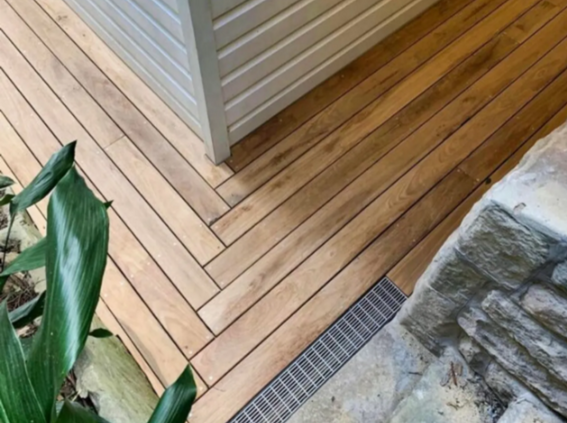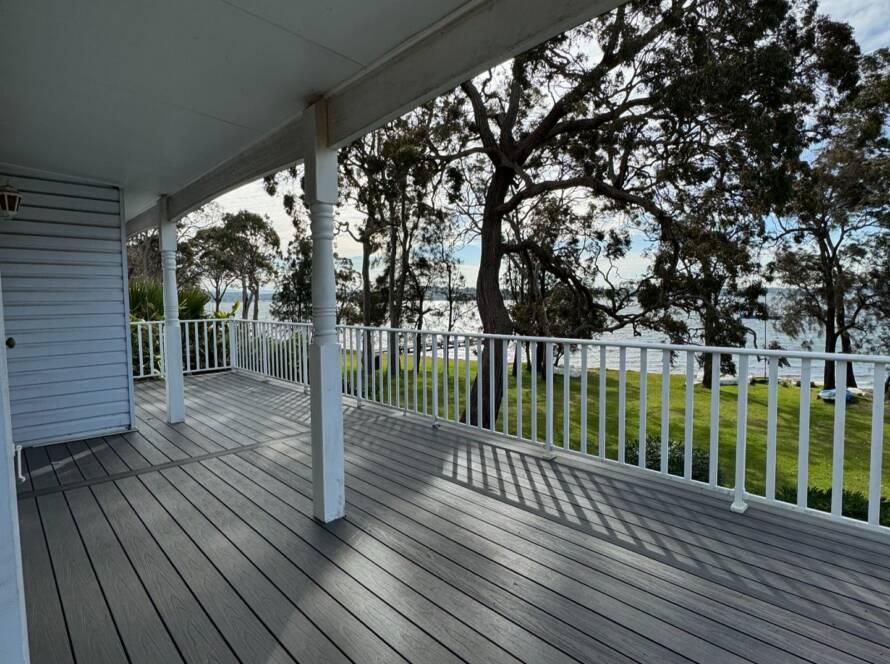A well-built deck not only elevates your home’s market value but also provides a delightful retreat for leisure or entertaining guests during those lovely, warm days. If you’re considering embarking on this venture with Pure Design Construction, a crucial decision will be whether to opt for nails or screws to fasten your decking. Here’s a detailed comparison to guide you in making an educated choice.
Should I Opt for Decking Nails or Decking Screws?
In the realm of deck construction, decking screws generally outperform nails. They secure the decking boards more firmly, preventing any unwanted warping as time goes by. Furthermore, screws can be conveniently removed for any deck maintenance tasks without damaging the deck.
Cost Implications:
One significant distinction between using nails and screws for a deck lies in their costs. Economically priced hot dipped galvanized nails are typically used for their affordability and good resistance to corrosion. Conversely, decking screws are available in a variety of coatings and price ranges. Among these, stainless steel screws offer the highest resistance to corrosion but come at a higher cost. Galvanized screws, while cheaper, provide lesser rust protection. Coated deck screws present a middle ground, offering better durability than plain galvanized screws at a lower cost than stainless steel.
However, it’s worth noting that the labor cost for installing screws is higher than that for nails, given that nails can be swiftly installed using a specialized air gun, which speeds up the process significantly and reduces labor expenses.
Despite the initial lower cost of nails, many homeowners prefer screws due to their longer lifespan and greater reliability.
Pre-Drilling Requirements:
For softer woods like treated pine, which are common in deck projects along the Central Coast, nailing does not require pre-drilling. In contrast, harder woods such as Merbau or Spotted Gum necessitate pre-drilling to prevent the wood from splitting.
For screws, whether pre-drilling is necessary depends on the wood type. Hardwoods require pre-drilling with a countersink bit, while softer woods might not need it.
Longevity and Maintenance:
Hardwoods tend to expand and contract with seasonal temperature fluctuations. When using nails, this can lead to them becoming loose and protruding dangerously from the deck surface. Screws, however, provide a more reliable fix by resisting such pop-outs and better securing the subfloor.
Maintaining a deck nailed down can be challenging, as the boards are difficult to remove without damage. Screws offer the advantage of being easily adjusted or removed for maintenance, facilitating easier upkeep.
When it comes to sanding, decks with nail heads protruding above the surface can complicate the process. Each nail must be driven deeper into the wood, which is labor-intensive and potentially harmful to the boards. Screws, on the other hand, can be either removed or driven deeper more easily, allowing for a smoother sanding process.
HIDDEN FIXINGS – AN ELEGANT ALTERNATIVE TO TRADITIONAL FASTENERS: If the appearance of nails or screws is a concern, hidden fixings offer a sleek alternative.
Although they are somewhat more expensive than traditional screws, hidden fixings provide all the benefits of screws with an added aesthetic advantage: they keep your deck looking neat and unmarred by visible fasteners. This method is especially compatible with Merbau timber decking and composite materials, where deck boards are designed with side grooves to accommodate special spacing clips, hiding the screws from view.
At Pure Design Construction in Central Coast, we’re dedicated to helping you select the ideal materials and fastening methods for your decking project. Click HERE to reach out to us.



